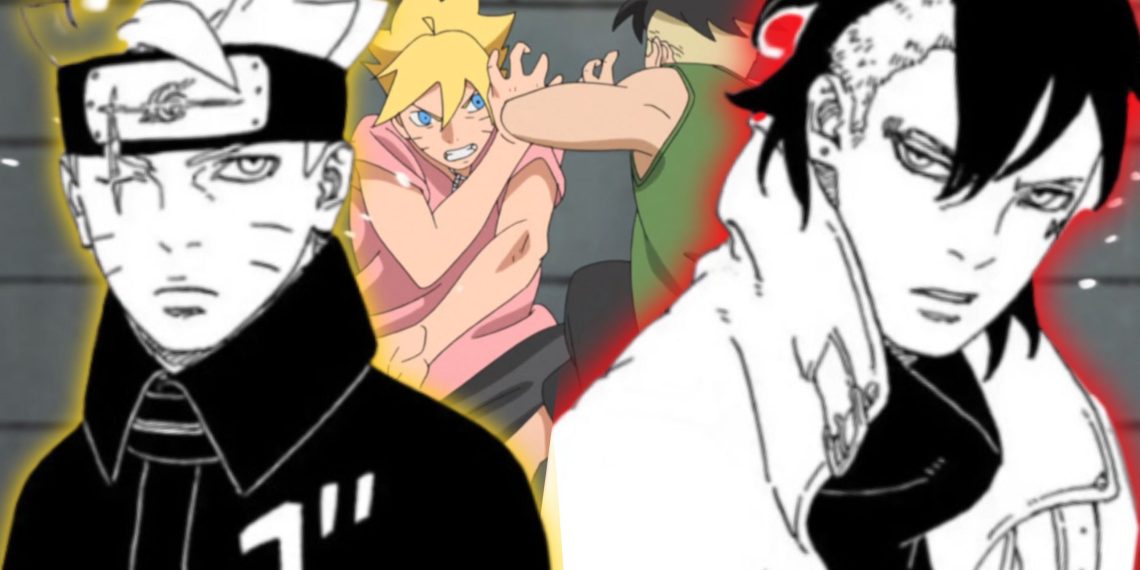The second installment of the Boruto franchise, Boruto: Two Blue Vortex, has been the subject of intense discussion ever since it made its debut.
While the series has garnered a significant following and enjoys a fair amount of popularity, it has also been the target of substantial criticism, especially regarding its artwork.
In the highly competitive world of manga, where each new series often brings a fresh and unique style, not every title is destined to achieve universal acclaim or success.
Recently, the manga has faced a surge of complaints, with much of the critique centered around its visual presentation.
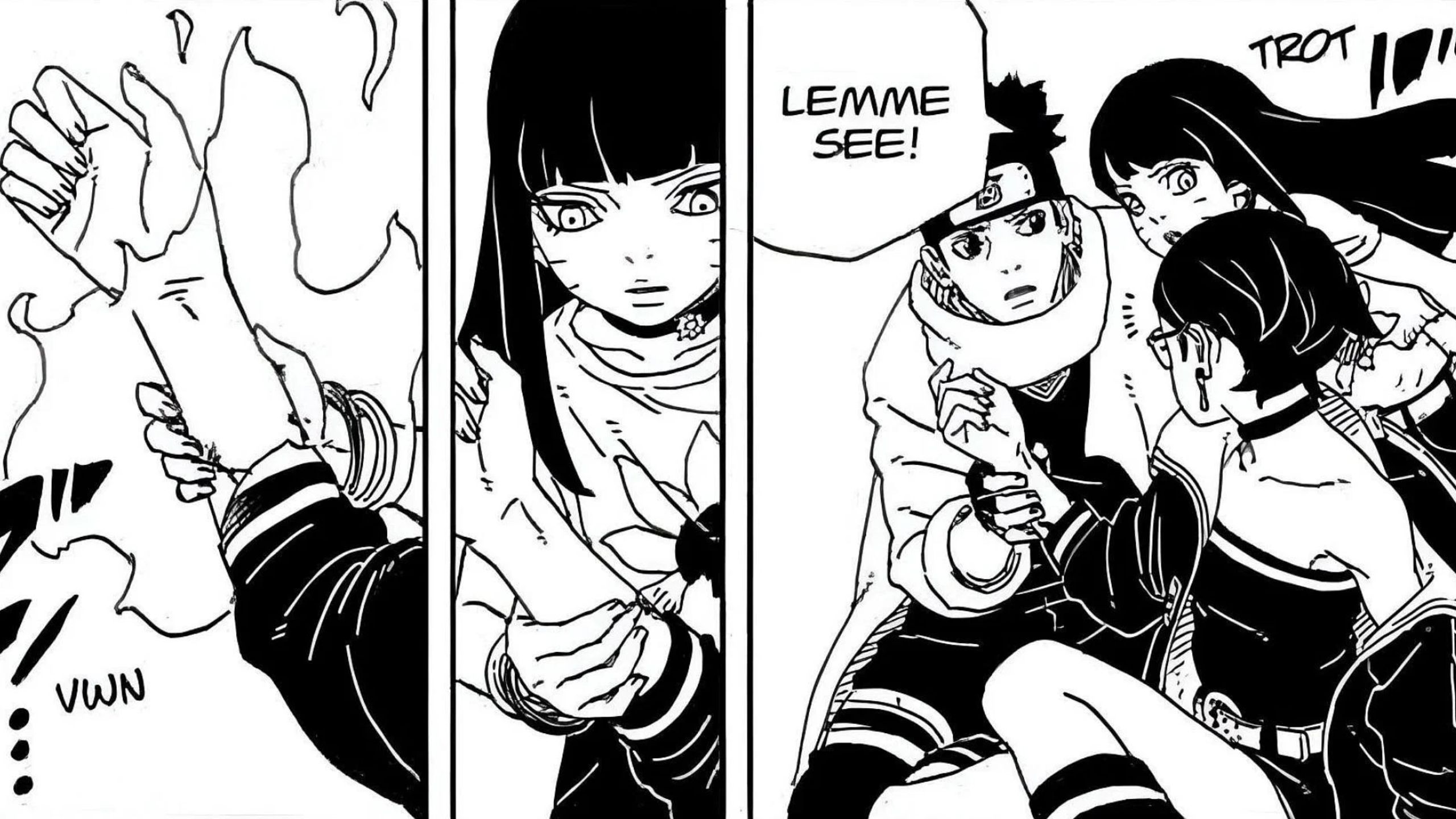
The most recent instance of this criticism comes from a social media user on the platform X, known as @DRACOWORLDORDER.
This user did not hold back in expressing their disappointment with the art in Boruto: Two Blue Vortex.
In particular, they compared it unfavorably with several other new-generation manga series, highlighting their displeasure with the art quality in the Boruto sequel.
A Visual Comparison: Boruto Manga vs. Other Series
In a post that quickly gained traction and went viral, @DRACOWORLDORDER shared a side-by-side comparison of a panel from the Boruto: Two Blue Vortex manga alongside panels from other manga series, including the rising star Kagurabachi.
The comparison was stark and revealing, underscoring the differences in artistic execution between the various series.
The images clearly showed a contrast in art styles. Panels from other manga series displayed intricately detailed character designs, vibrant and dynamic action sequences, and a general aesthetic that was eye-catching and visually stimulating.
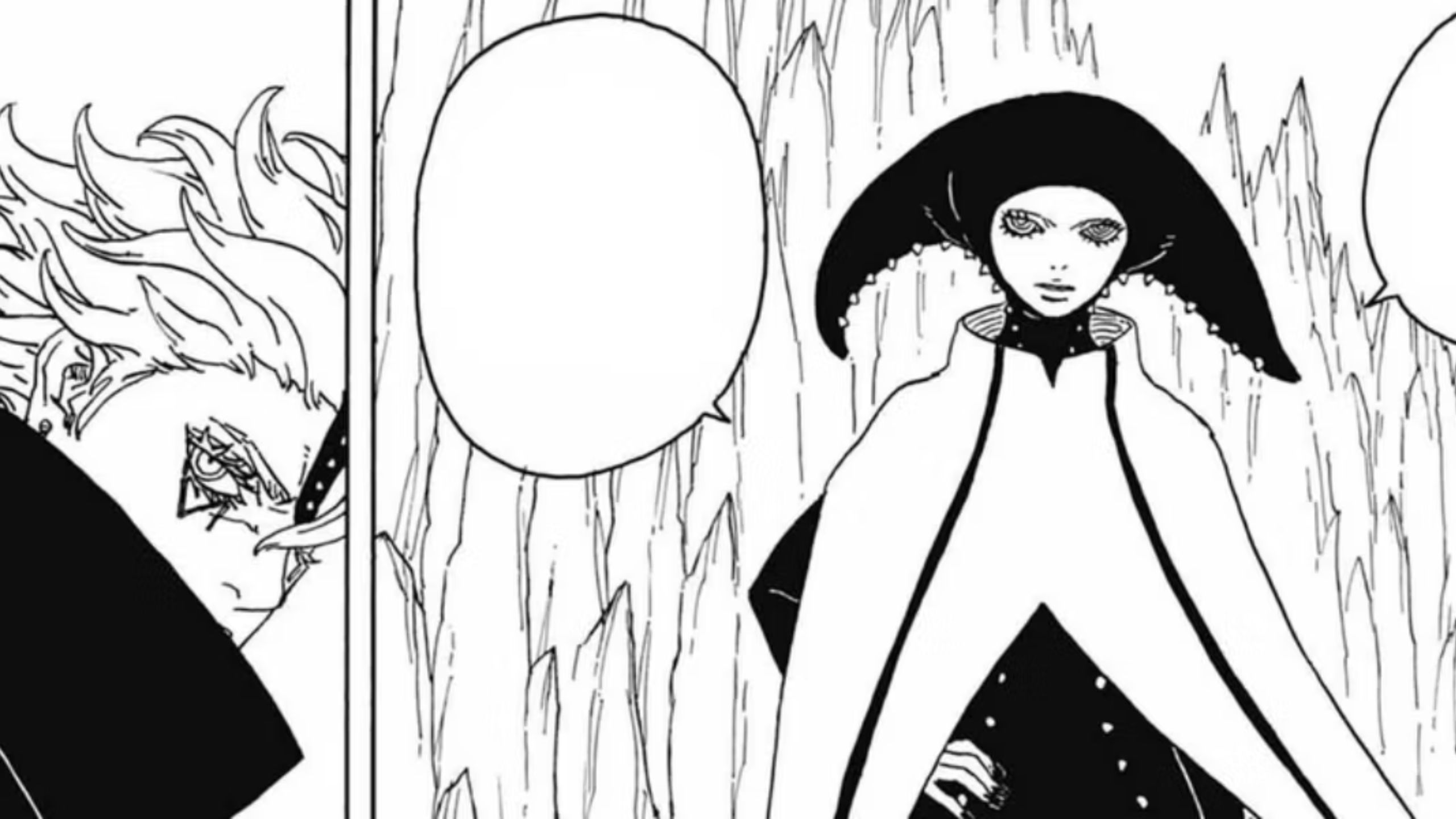
In stark contrast, the pages from Boruto: Two Blue Vortex appeared somewhat flat and rushed.
The character models were simpler, and the action sequences lacked the dynamism seen in other works.
This perceived disparity in quality did not go unnoticed and quickly sparked a heated debate among fans of the series.
Fan Response to the Criticism: A Heated Debate Ensues
The critique from @DRACOWORLDORDER ignited a passionate response from the Boruto fandom, which is known for its dedication and loyalty to the series.
Many fans rushed to defend the manga, arguing that while the art may not be as ornate or detailed as some of the newer series, it still retains the signature aesthetic that long-time fans of the Naruto universe have come to appreciate.
The defense mounted by the Boruto fandom highlights the deep connection fans have with the series’ narrative and legacy.
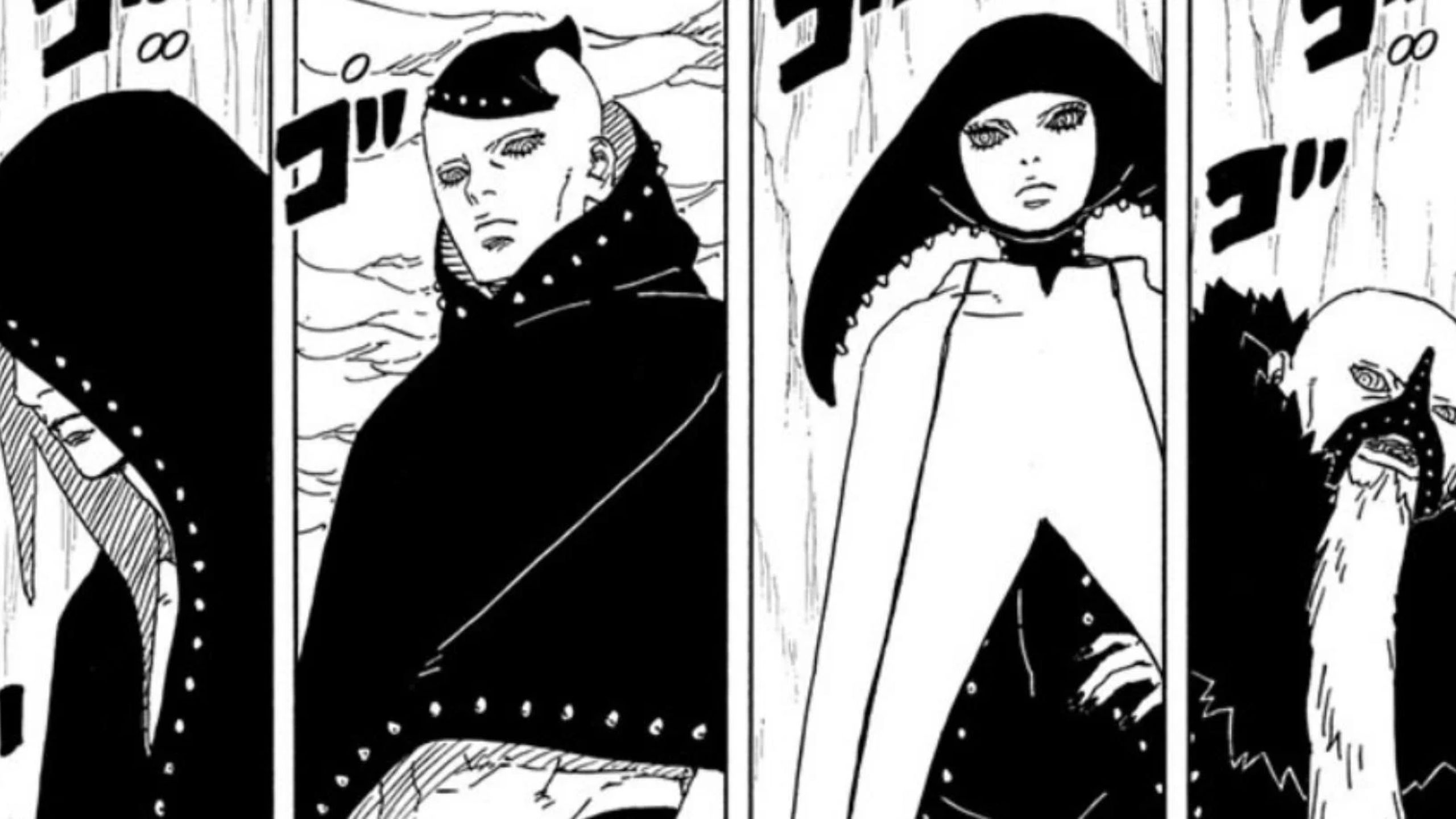
For many, the story and the world-building within the manga are far more significant than the visual presentation. The following reactions from fans showcase the various perspectives within the community:
“NO BACKGROUNDS, NO GOOD PANELLING, NO GOOD CHARACTER DESIGNS, JUST STRAIGHT FOR THE LOVE OF THE GAME,” said one fan, seemingly in defense of the manga’s straightforward approach to its art.
“Crazy how Araki at 64 years old still can pump out beautiful art and yet this younger individual can’t with the same amount of time as Araki,” another fan remarked, drawing a comparison between the younger artist behind Boruto and the renowned Hirohiko Araki, the creator of JoJo’s Bizarre Adventure.
The comparisons didn’t stop there. Another fan expressed their disappointment with the paneling, saying, “Look, I got no problem with Boruto, but the paneling just… doesn’t look interesting at all.”
This sentiment reflects a broader concern among some fans that the visual composition of the manga could be more engaging and better executed.
The Monthly Serialization Factor: A Crucial Context
In the midst of the debate, several fans pointed out an important context that they believe should be considered when evaluating the quality of the artwork in Boruto: Two Blue Vortex.
Unlike many other manga series that may benefit from longer production cycles or collected volume releases, Boruto operates on a tight monthly serialization schedule.
This demanding schedule means that the artist, Mikio Ikemoto, has significantly less time to meticulously polish each page compared to artists working on standalone manga.
This context is crucial in understanding the pressures and constraints faced by the artist.
As one fan explained, “Ikemoto doesn’t have an assistant and also doesn’t have digital technology. He must produce a colored cover for all chapters and 40 pages a month. This is hard for one man.”
This comment sheds light on the immense workload that Ikemoto faces, suggesting that the limitations in the art quality may be more a result of the grueling schedule than a lack of talent or effort.
im crying man the artwork for the first 3 series is so damn good and then here comes Monthly Fanfiction Manga Boruto https://t.co/XIO00Q3aQc
— nov* (@DRACOWORLDORDER) August 19, 2024
Another fan echoed a similar sentiment, stating,
“Boruto manga is 300x better than those shading-abused industry plant slop. You shouldn’t be on a high horse either since you can be reborn a billion times over and never make a story as great as it.”
This fan’s defense of the manga underscores the idea that Boruto should be appreciated for its story and legacy, rather than judged solely on its visual elements.
Despite the criticisms, some fans acknowledged that while the artwork may not always meet the highest standards, it does not detract from the final quality of the story.
As one fan put it, “Yeh, the artwork is kinda meh, but that alone doesn’t stop it from being a great story.”
This perspective highlights a common sentiment among fans that the narrative and character development within the series are strong enough to carry it, even if the artwork occasionally falls short of expectations.
Evolving Art of Boruto: Signs of Improvement
Interestingly, even some of the manga’s critics have recognized that the art in Boruto: Two Blue Vortex has shown signs of improvement over time.
Several users noted that the visuals have become more polished and dynamic in recent chapters, suggesting that Ikemoto is continuously honing his craft and adapting to the demands of the series.
This gradual improvement in the artwork has not gone unnoticed, and it has provided some hope to fans who may have been initially disappointed.
The ongoing development of the manga’s visual style indicates that Ikemoto is responsive to feedback and is working to refine his approach, despite the challenges posed by the tight publication schedule.
The debate over manga art is not new, especially in long-running series like Boruto. It’s common for fans to have high expectations, particularly when a series follows in the footsteps of a beloved predecessor like Naruto.
However, the passion displayed by the Boruto fandom in defending the series is a testament to its enduring appeal.
The characters, world-building, and story continue to resonate with fans, keeping them engaged and invested in the series’ future.
While the art in Boruto: Two Blue Vortex may not always meet everyone’s expectations, the series remains a significant and beloved part of the broader Naruto franchise.
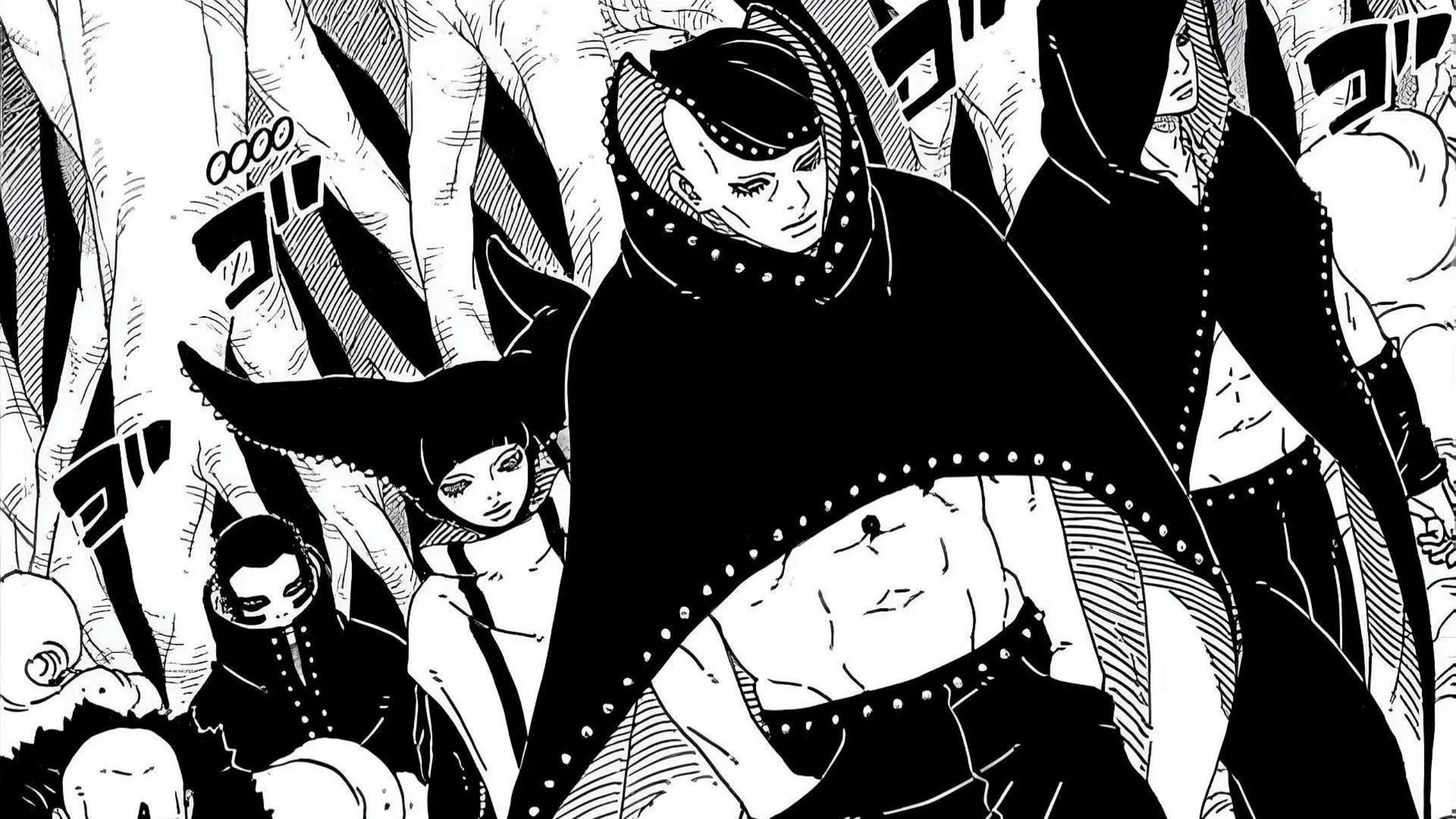
The dedication of the fandom and the ongoing evolution of the manga suggest that Boruto will continue to be a topic of discussion and debate for years to come.
Whether the visuals will eventually rise to meet the lofty expectations set by fans remains to be seen, but the series’ narrative strength and the loyalty of its fanbase are undeniable.
Balance Between Art and Storytelling
In the manga world, the balance between art and storytelling is often a delicate one.
While visually stunning artwork can raise a series and draw in readers, it is ultimately the story and characters that keep them coming back.
In the case of Boruto: Two Blue Vortex, the series has managed to maintain a strong following despite the criticisms of its art.
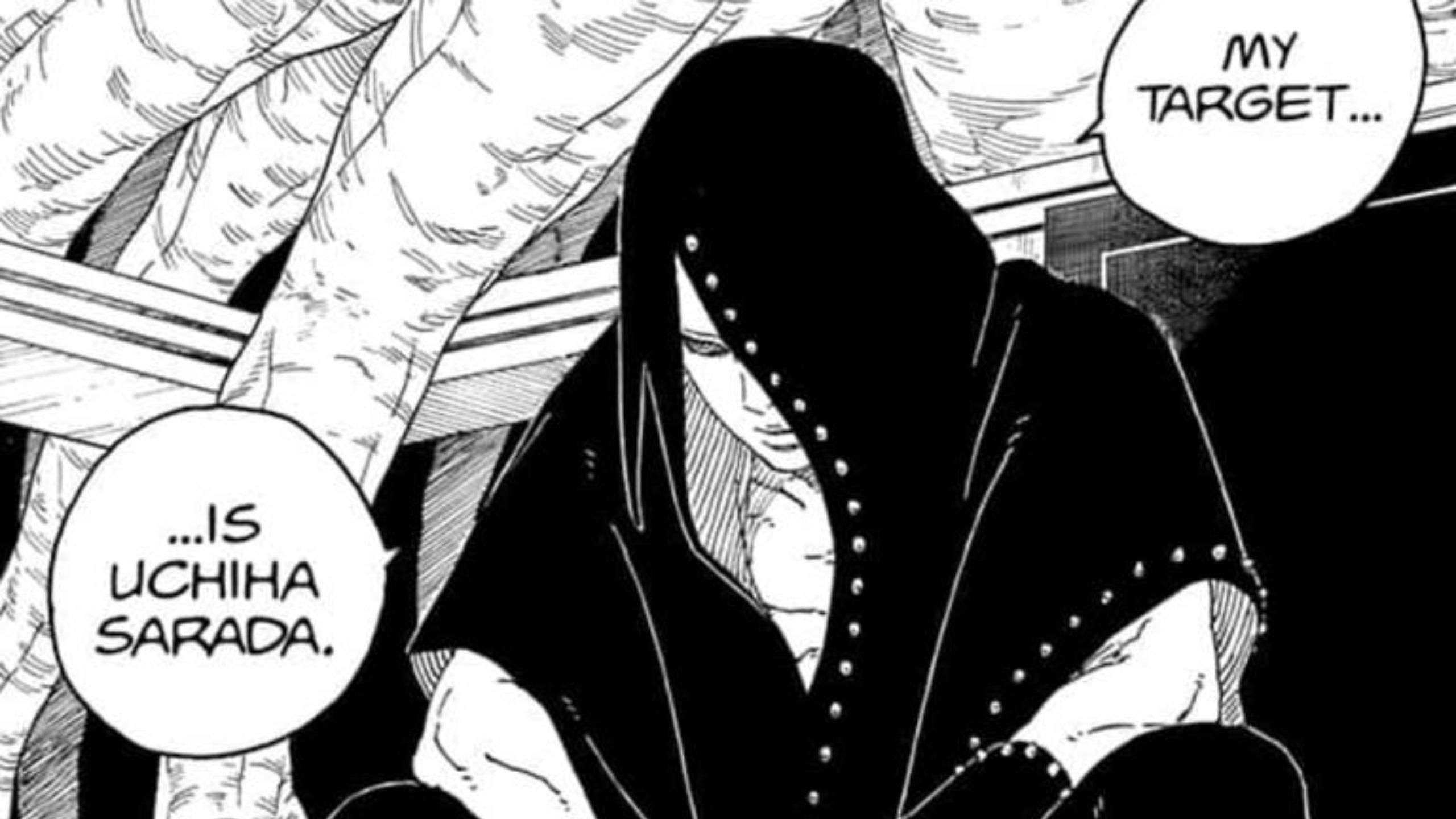
This is a testament to the power of storytelling and the deep connection that fans have with the Naruto universe.
As Boruto continues to evolve, it will be interesting to see how the series’ visual style develops and whether it can align more closely with the high standards set by both fans and critics.
In the meantime, the passionate debates surrounding the series only serve to highlight its significance in the manga world.
For fans of Boruto, the journey is far from over, and the future holds the promise of continued growth and evolution, both in terms of art and storytelling.


